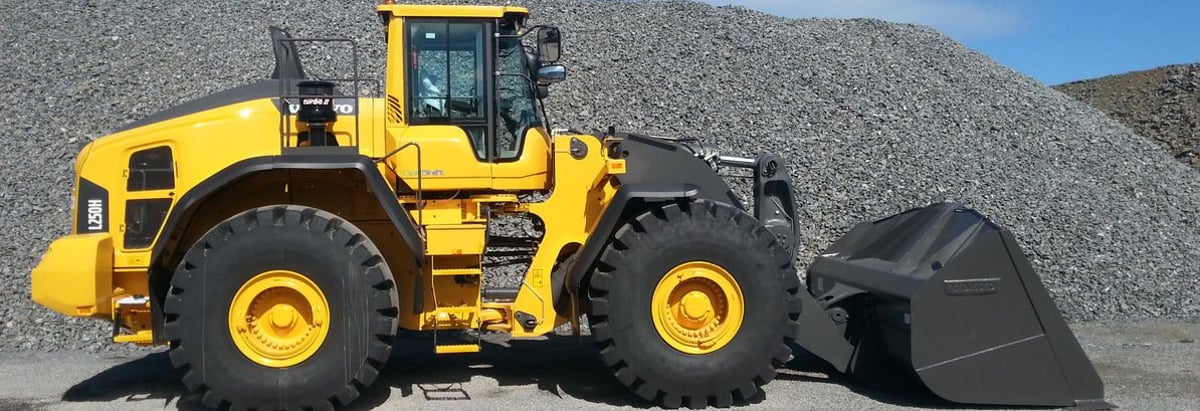What You Must Know About MS Industrie AG's (ETR:MSAG) 9.19% ROE

MS Industrie AG (XTRA:MSAG) performed in line with its construction machinery and heavy trucks industry on the basis of its ROE – producing a return of9.19% relative to the peer average of 11.27% over the past 12 months. But what is more interesting is whether MSAG can sustain or improve on this level of return. I will take you through how metrics such as financial leverage impact ROE which may affect the overall sustainability of MSAG's returns. View our latest analysis for MS Industrie
Peeling the layers of ROE – trisecting a company’s profitability
Return on Equity (ROE) weighs MS Industrie’s profit against the level of its shareholders’ equity. An ROE of 9.19% implies €0.09 returned on every €1 invested, so the higher the return, the better. If investors diversify their portfolio by industry, they may want to maximise their return in the Construction Machinery and Heavy Trucks sector by investing in the highest returning stock. However, this can be misleading as each firm has different costs of equity and debt levels i.e. the more debt MS Industrie has, the higher ROE is pumped up in the short term, at the expense of long term interest payment burden.
Return on Equity = Net Profit ÷ Shareholders Equity
ROE is assessed against cost of equity, which is measured using the Capital Asset Pricing Model (CAPM) – but let’s not dive into the details of that today. For now, let’s just look at the cost of equity number for MS Industrie, which is 12.11%. This means MS Industrie’s returns actually do not cover its own cost of equity, with a discrepancy of -2.92%. This isn’t sustainable as it implies, very simply, that the company pays more for its capital than what it generates in return. ROE can be dissected into three distinct ratios: net profit margin, asset turnover, and financial leverage. This is called the Dupont Formula:
Dupont Formula
ROE = profit margin × asset turnover × financial leverage
ROE = (annual net profit ÷ sales) × (sales ÷ assets) × (assets ÷ shareholders’ equity)
ROE = annual net profit ÷ shareholders’ equity
Basically, profit margin measures how much of revenue trickles down into earnings which illustrates how efficient the business is with its cost management. Asset turnover reveals how much revenue can be generated from MS Industrie’s asset base. Finally, financial leverage will be our main focus today. It shows how much of assets are funded by equity and can show how sustainable the company’s capital structure is. ROE can be inflated by disproportionately high levels of debt. This is also unsustainable due to the high interest cost that the company will also incur. Thus, we should look at MS Industrie’s debt-to-equity ratio to examine sustainability of its returns. The most recent ratio is 134.44%, which is relatively proportionate and indicates MS Industrie has not taken on extreme leverage. Thus, we can conclude its current ROE is generated from its capacity to increase profit without a massive debt burden.
Next Steps:
ROE is a simple yet informative ratio, illustrating the various components that each measure the quality of the overall stock. MS Industrie’s ROE is underwhelming relative to the industry average, and its returns were also not strong enough to cover its own cost of equity. However, ROE is not likely to be inflated by excessive debt funding, giving shareholders more conviction in the sustainability of returns, which has headroom to increase further. Although ROE can be a useful metric, it is only a small part of diligent research.
For MS Industrie, I've compiled three key factors you should look at:
- 1. Financial Health: Does it have a healthy balance sheet? Take a look at our free balance sheet analysis with six simple checks on key factors like leverage and risk.
- 2. Valuation: What is MS Industrie worth today? Is the stock undervalued, even when its growth outlook is factored into its intrinsic value? The intrinsic value infographic in our free research report helps visualize whether MS Industrie is currently mispriced by the market.
- 3. Other High-Growth Alternatives : Are there other high-growth stocks you could be holding instead of MS Industrie? Explore our interactive list of stocks with large growth potential to get an idea of what else is out there you may be missing!
New: Manage All Your Stock Portfolios in One Place
We've created the ultimate portfolio companion for stock investors, and it's free.
• Connect an unlimited number of Portfolios and see your total in one currency
• Be alerted to new Warning Signs or Risks via email or mobile
• Track the Fair Value of your stocks
Have feedback on this article? Concerned about the content? Get in touch with us directly. Alternatively, email editorial-team@simplywallst.com
Simply Wall St analyst Simply Wall St and Simply Wall St have no position in any of the companies mentioned. This article is general in nature. We provide commentary based on historical data and analyst forecasts only using an unbiased methodology and our articles are not intended to be financial advice. It does not constitute a recommendation to buy or sell any stock and does not take account of your objectives, or your financial situation. We aim to bring you long-term focused analysis driven by fundamental data. Note that our analysis may not factor in the latest price-sensitive company announcements or qualitative material.
About XTRA:MSAG
MS Industrie
Primarily operates in the powertrain and ultrasonic technology businesses in Germany and internationally.
Very undervalued with adequate balance sheet.
Market Insights
Community Narratives





